At a time of high global awareness and engagement, particularly among the LGBTQ+ community, it’s unsettling when brands’ Pride marketing campaigns are confined to cultures that broadly accept LGBTQ+ - and are confined to ‘uncontroversial’ messages within those cultures. We dig deeper into how brands can - and should - avoid 'rainbow capitalism'...
Pride is global
If brands are to support Pride in countries where it’s widely accepted, they also need to support Pride globally.
Pride signifies a lot of different things to different people, but one important element is the promotion of LGBTQ+ safety.
In many parts of the world, homophobia is not just allowed and encouraged, but is actually written into legislation. As of December 2020, 69UN member States still criminalise consensual same-sex sexual acts between adults, while only 81 have laws protecting from workplace discrimination on the basis of sexual orientation, and a paltry four UN member States have nationwide bans against “conversion therapies”.*
Brands who display their support for Pride in the UK, and yet operate in countries where homophobia is sponsored by the State (Vox.com gives two examples of brands that do exactly this), need to examine whether they are truly supporting a global culture where everyone across the LGBTQ+ spectrum is physically and emotionally safe to be who they are.
Pride at home
And LGBTQ+ safety is a local issue, too. Sure, the UK has marriage equality and anti-discrimination laws - and we may soon (fingers-crossed) move to ban conversion therapy altogether - and yet the Government's support for LGBTQ+ is far from unambiguous. Last year, the Government dropped plans that would have allowed people to legally 'self-identify' as their chosen gender through a statutory declaration without the need for a medical diagnosis.
Outside of Westminster, research from Stonewall reveals that in Britain, 1 in 5 LGBTQ+ people have experienced a hate crime or incident due to their sexual orientation and/or gender identity in the last 12 months, while 3 in every 5 gay men say they don’t feel comfortable walking down the street while holding their partner's hand. Market research by Kantar shows that 4 out of 10 UK parents say that it's inappropriate for a school teacher to teach a six-year-old child that being gay is acceptable.
So even if we confine our perspective to the UK, it's easy to see that brands need to think beyond the rainbow - that is, beyond superficial displays of Pride party spirit. Brand actions that tackle problems, that pay and partner with LGBTQ+ talent, are a more worthwhile use of our collective energy and attention – as agencies, as allies and as audiences.
Beyond the rainbow
We don't claim to be the experts on 'doing Pride right', but we've certainly learned a few things about what works (and what doesn't) over our 20+ years in business. Here's 3 key elements that your Pride campaign really can't do without:
1. Integrity: A Pride campaign needs to be a true representation of your brand's attitudes and actions towards the LGBTQ+ community, or it risks doing more harm than good. Every year, audiences become more sceptical of Pride marketing, and are quick to point out inconsistencies or brand hypocrisy.
Bad example: In 2019, YouTube was called out for hosting homophobic videos on its platform, while at the same time reskinning its logo with a rainbow during Pride month.**
2. Action: It's not just about donations and awareness-raising (although that's a good start). Brands need to take a more holistic look at their year-round interactions with the LGBTQ+ community, both locally and globally. If the only time 'Pride' and LGBTQ+ issues are on the agenda is in June, that's not going to cut it.
Great example: Mastercard's True Name initiative, which empowers transgender and non-binary cardholders to use their preferred name on their card.^
3. Representation: Brands must involve members of the LGBTQ+ community at all stages of their Pride initiatives - from planning to execution to impact.
Great example: Squarespace's 'Stand Proud' was a microsite that amplified the voices of five LGBTQIA+ community members who happened to be Squarespace customers, building something 'by and for' the community.^
Sources:
* The International Lesbian, Gay, Bisexual, Trans and Intersex Association, ‘State-Sponsored Homophobia report - Global Legislation Overview’, December 2020
** Creative Pool, 'The worst LGBTQ+ campaigns, ads and initiatives', 18 February 2021
^ ThoughtMatter.com, 'Doing Pride Right', 3 July 2019
Photo by Jana Sabeth on Unsplash





.png)


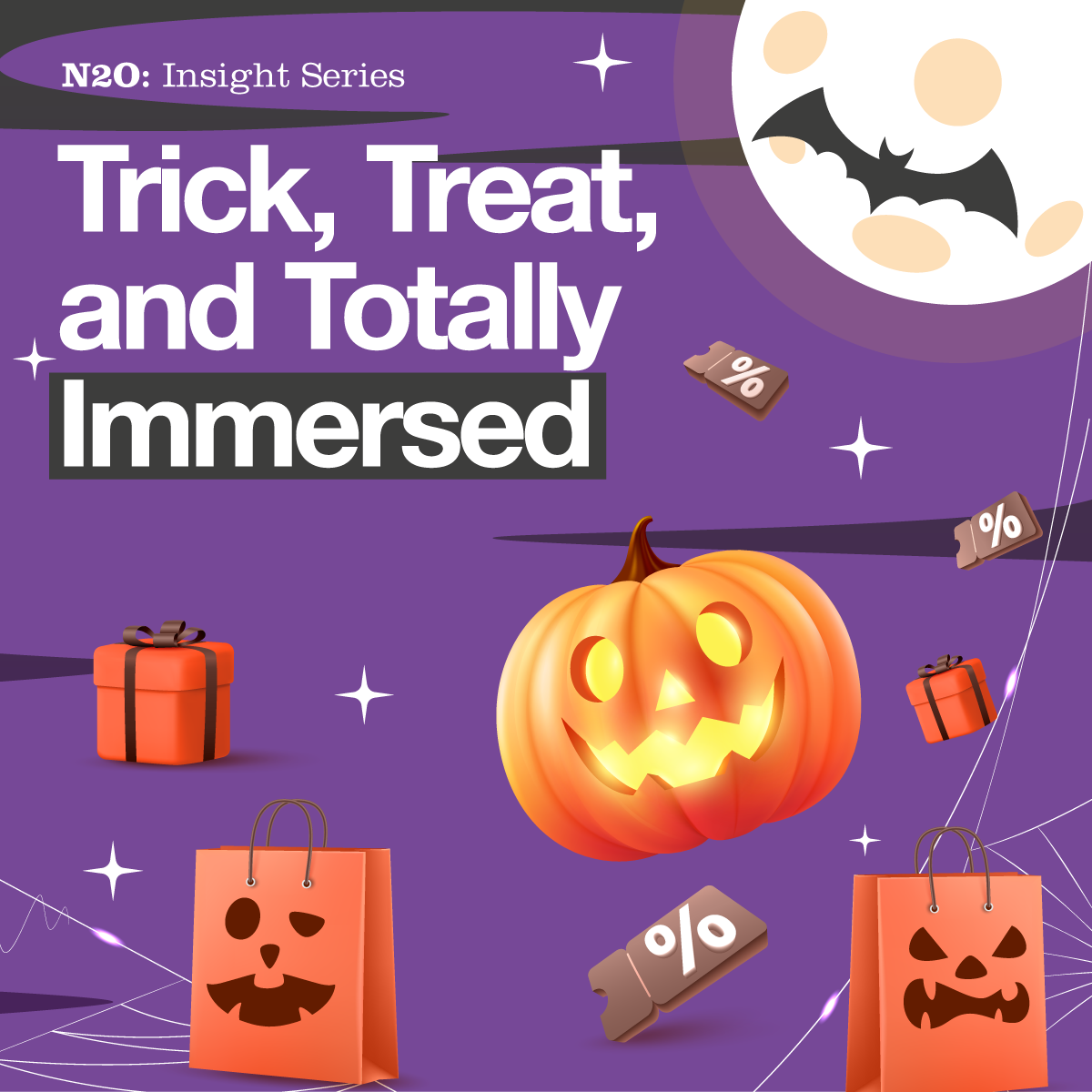
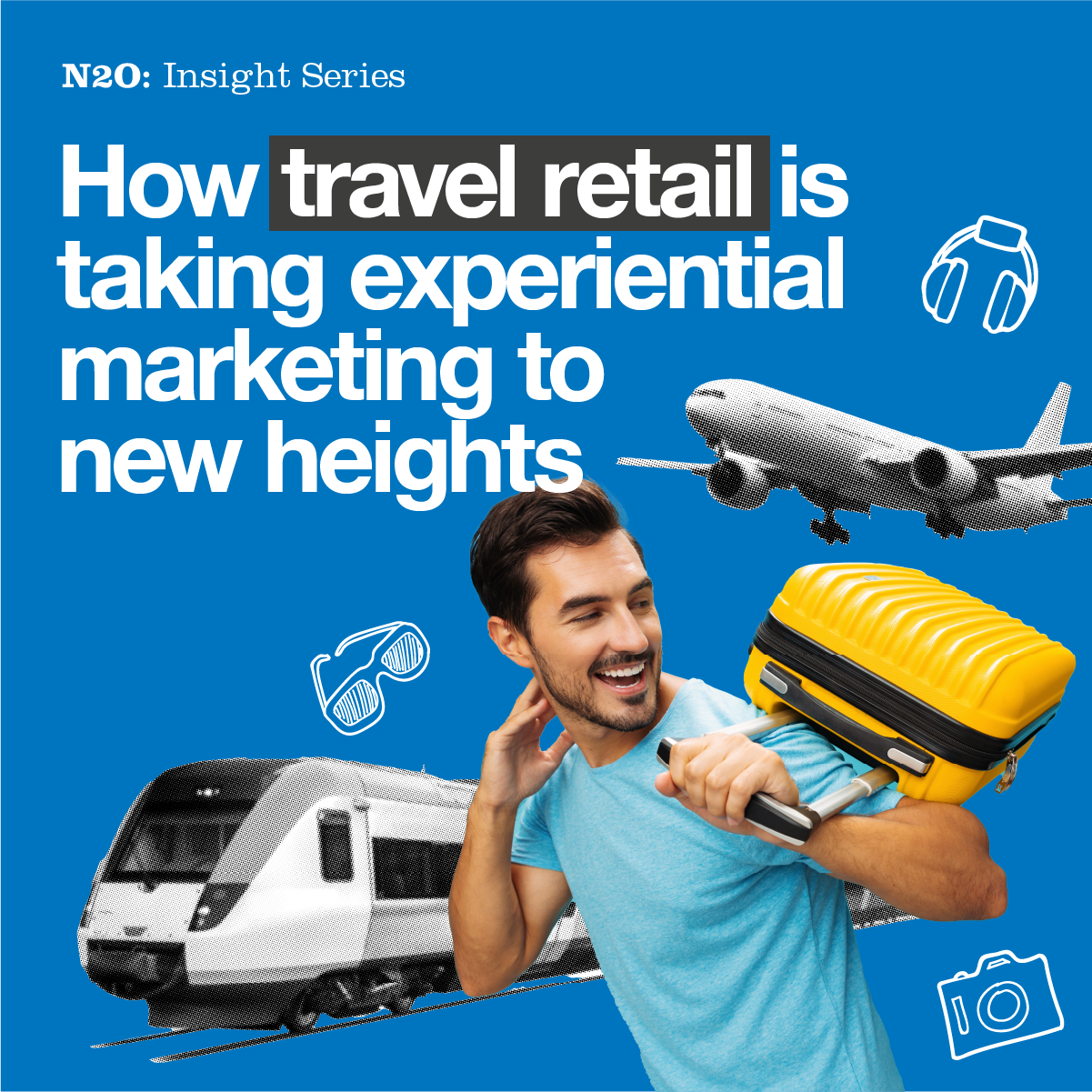
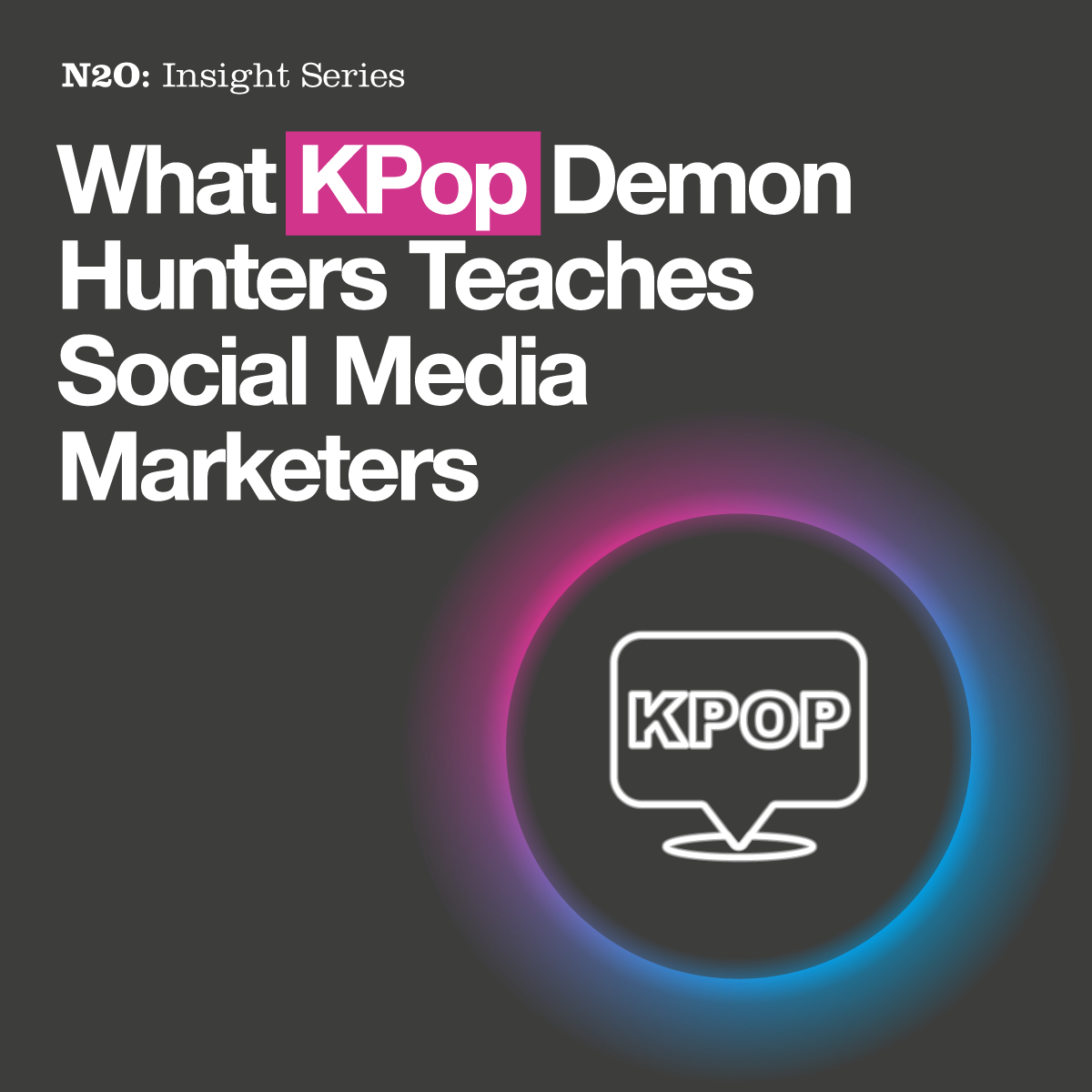
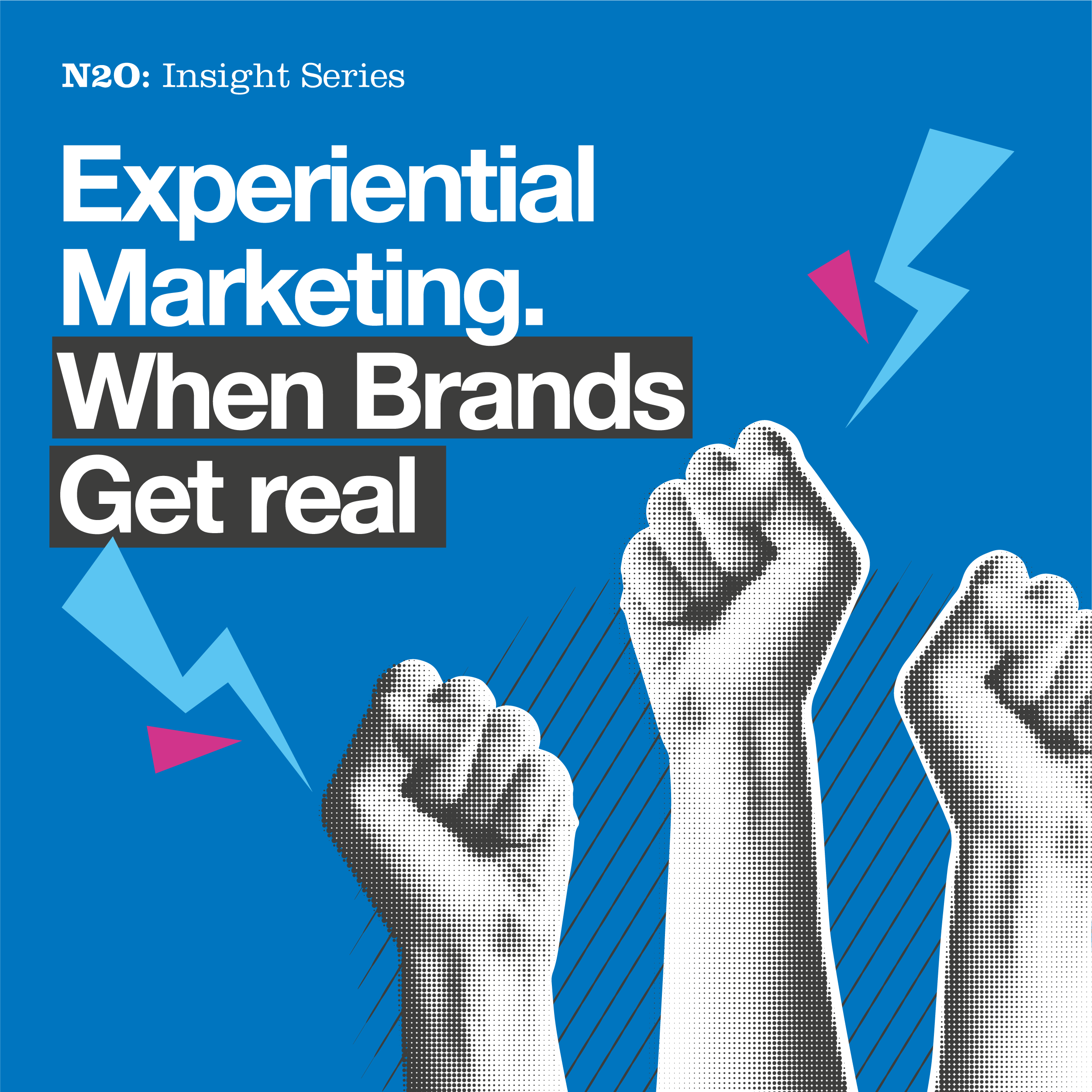





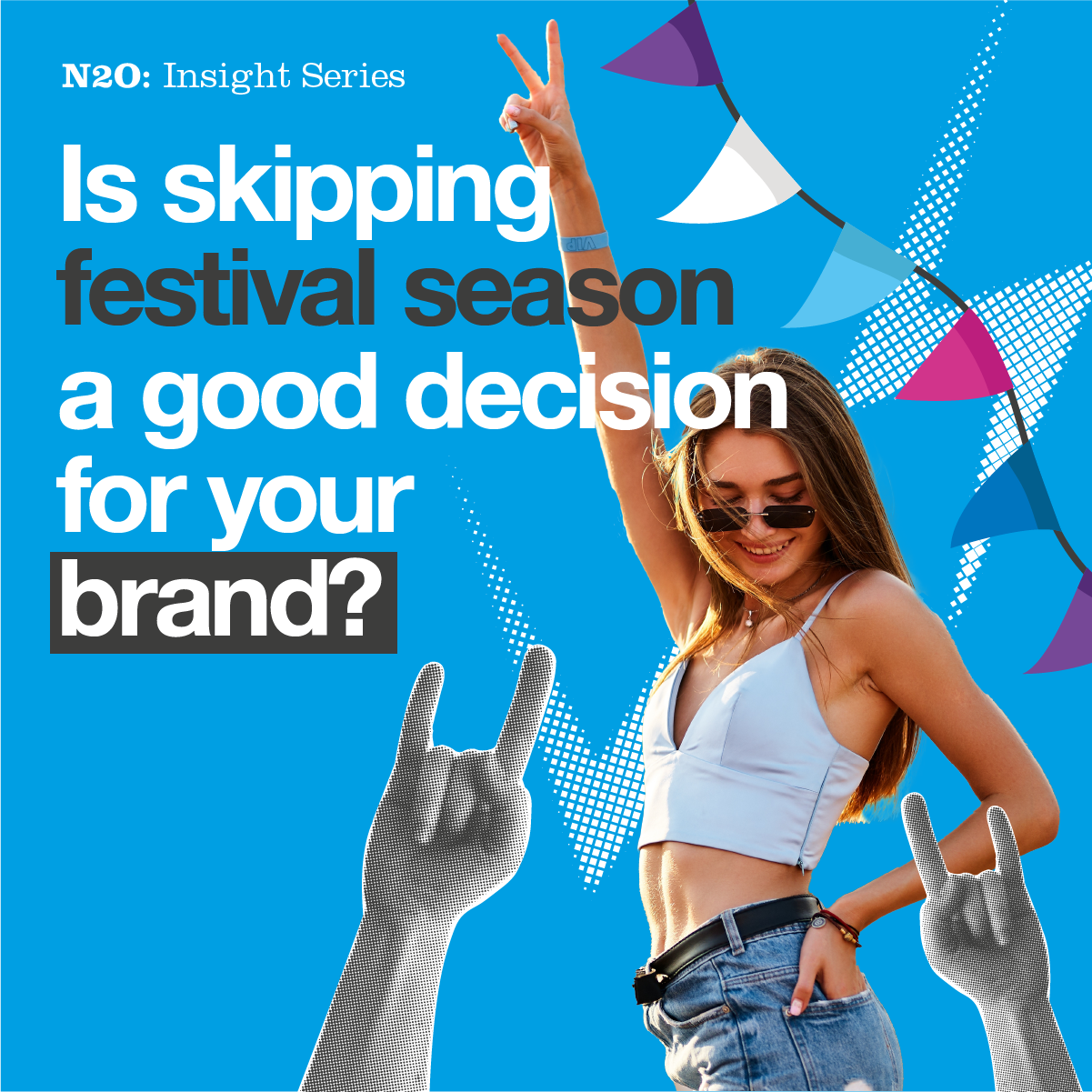
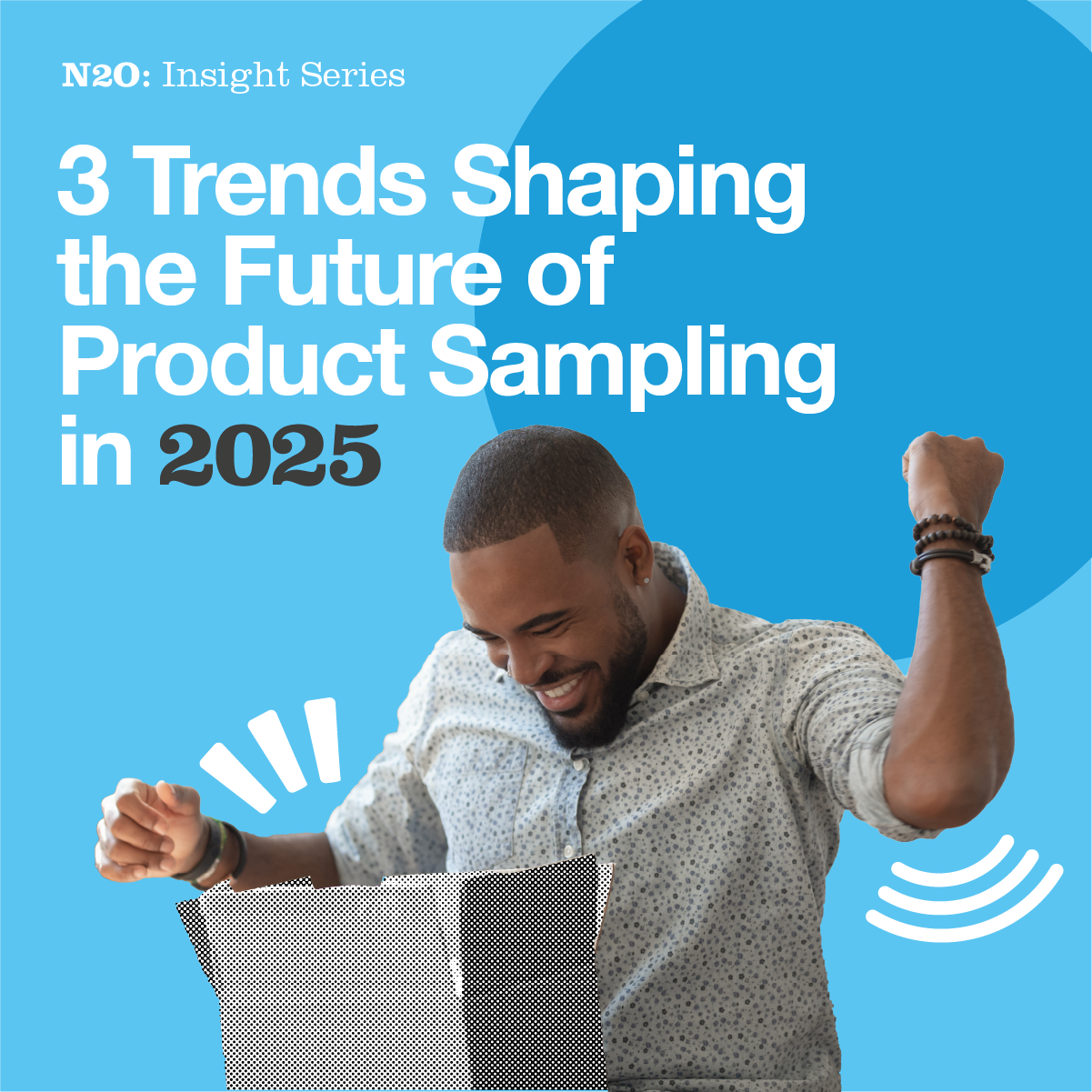


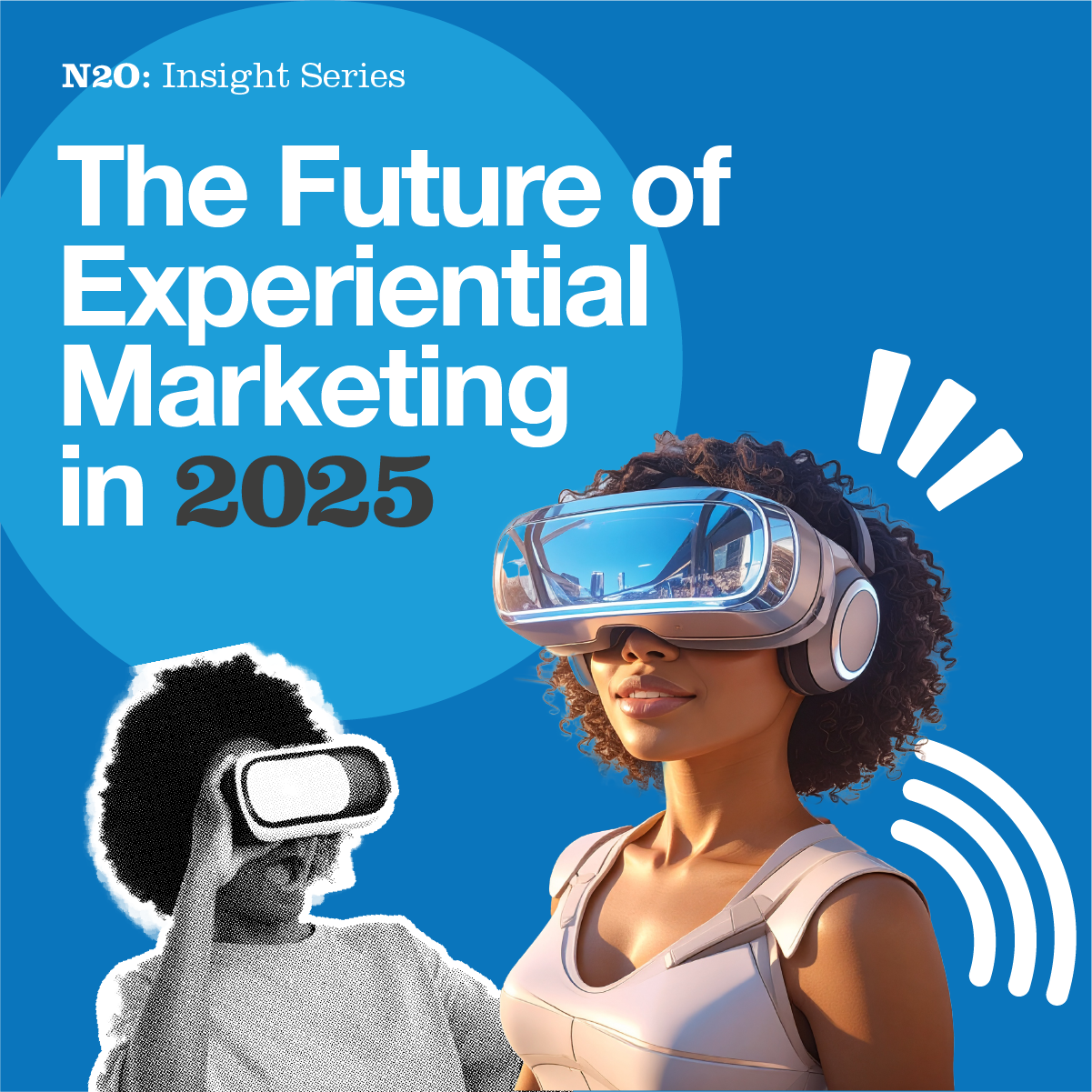



































































.jpg)






.jpeg)


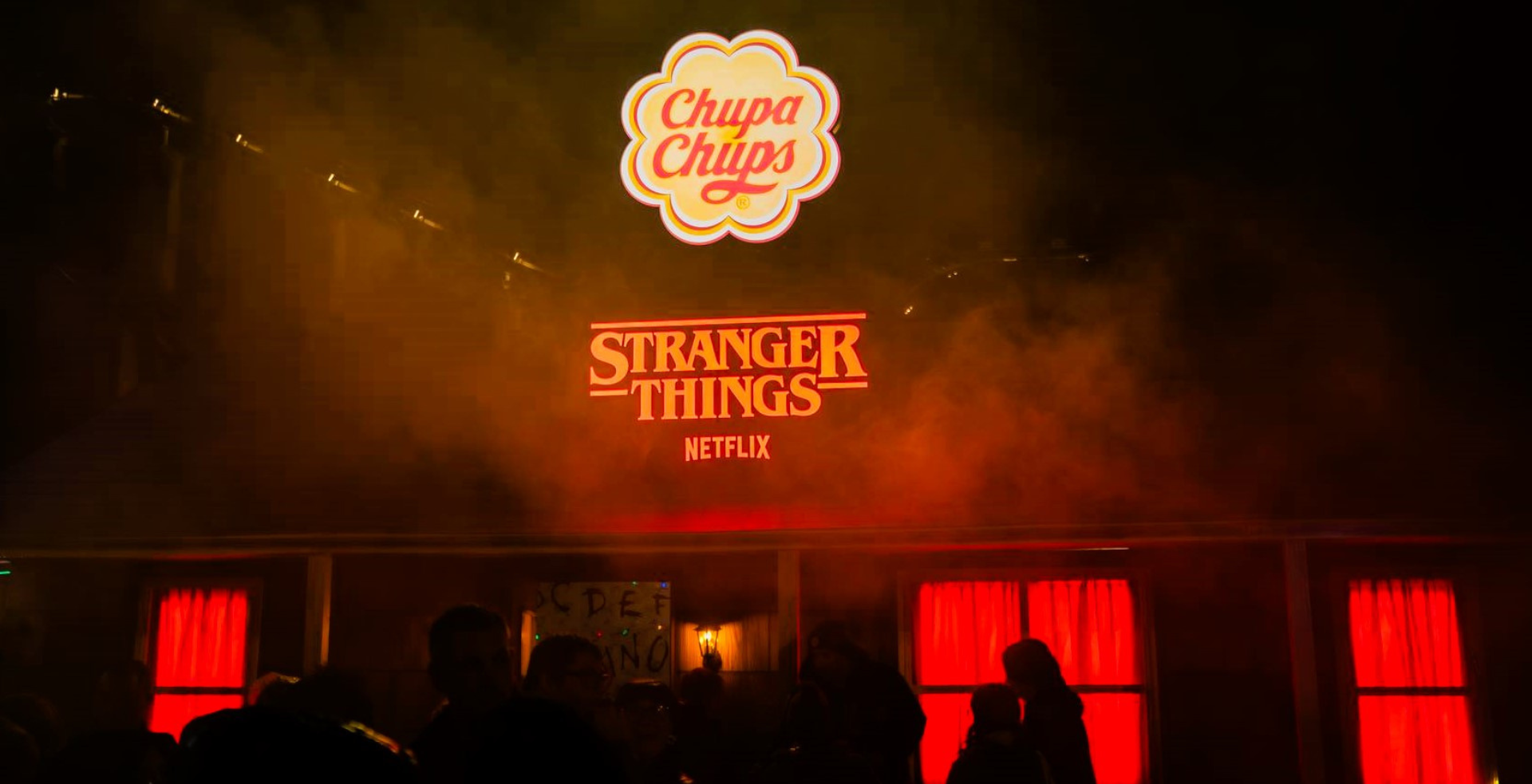
.png)


















